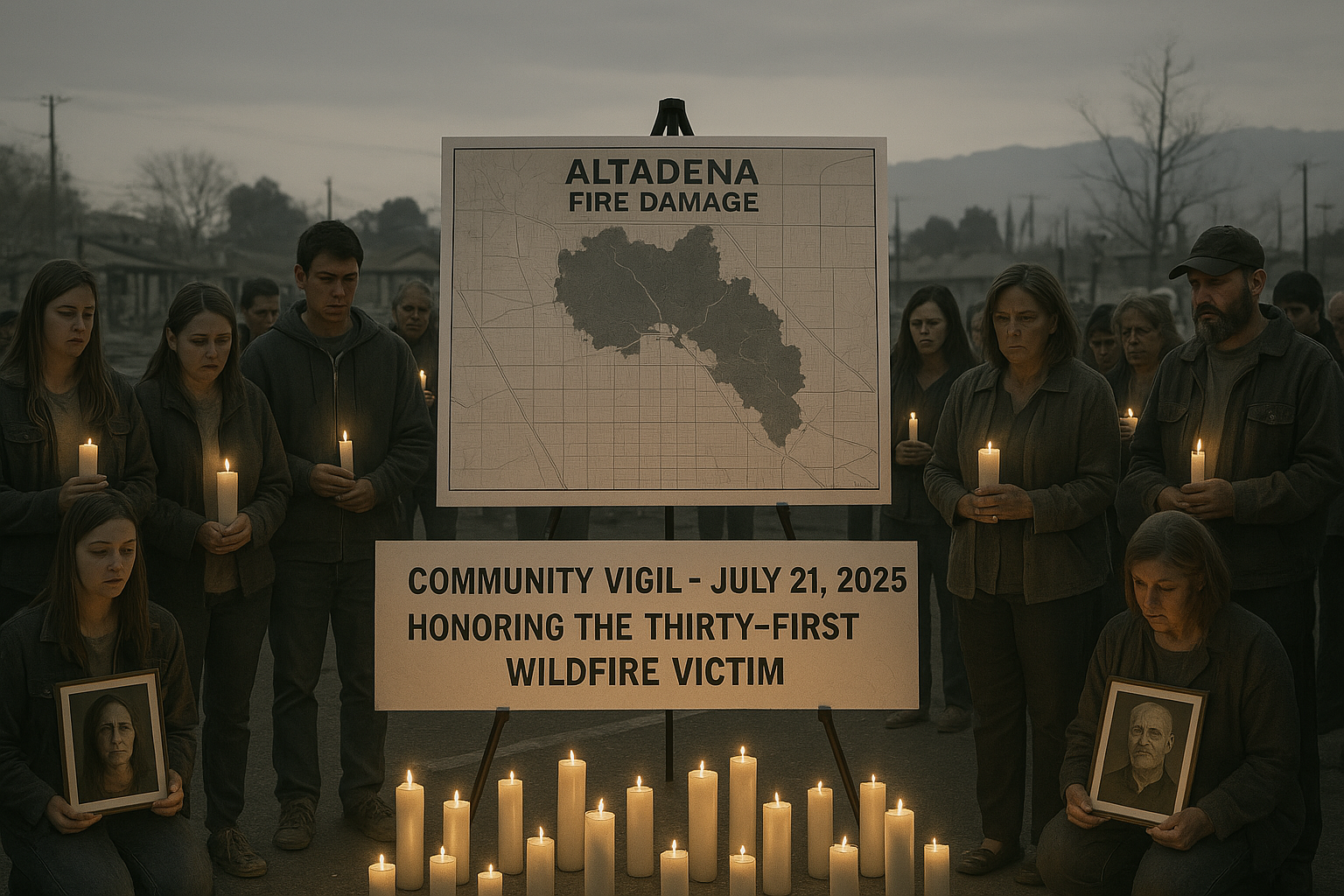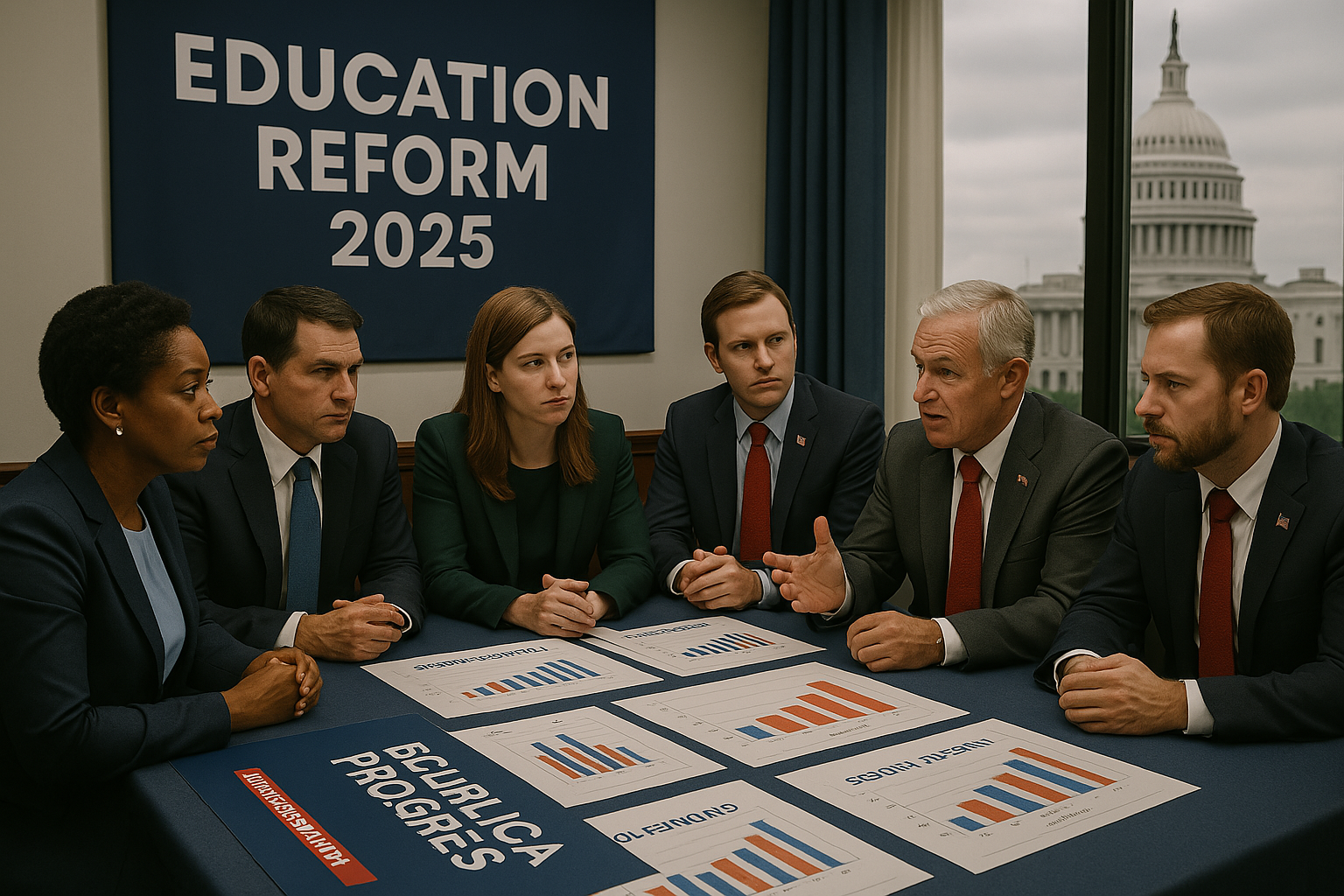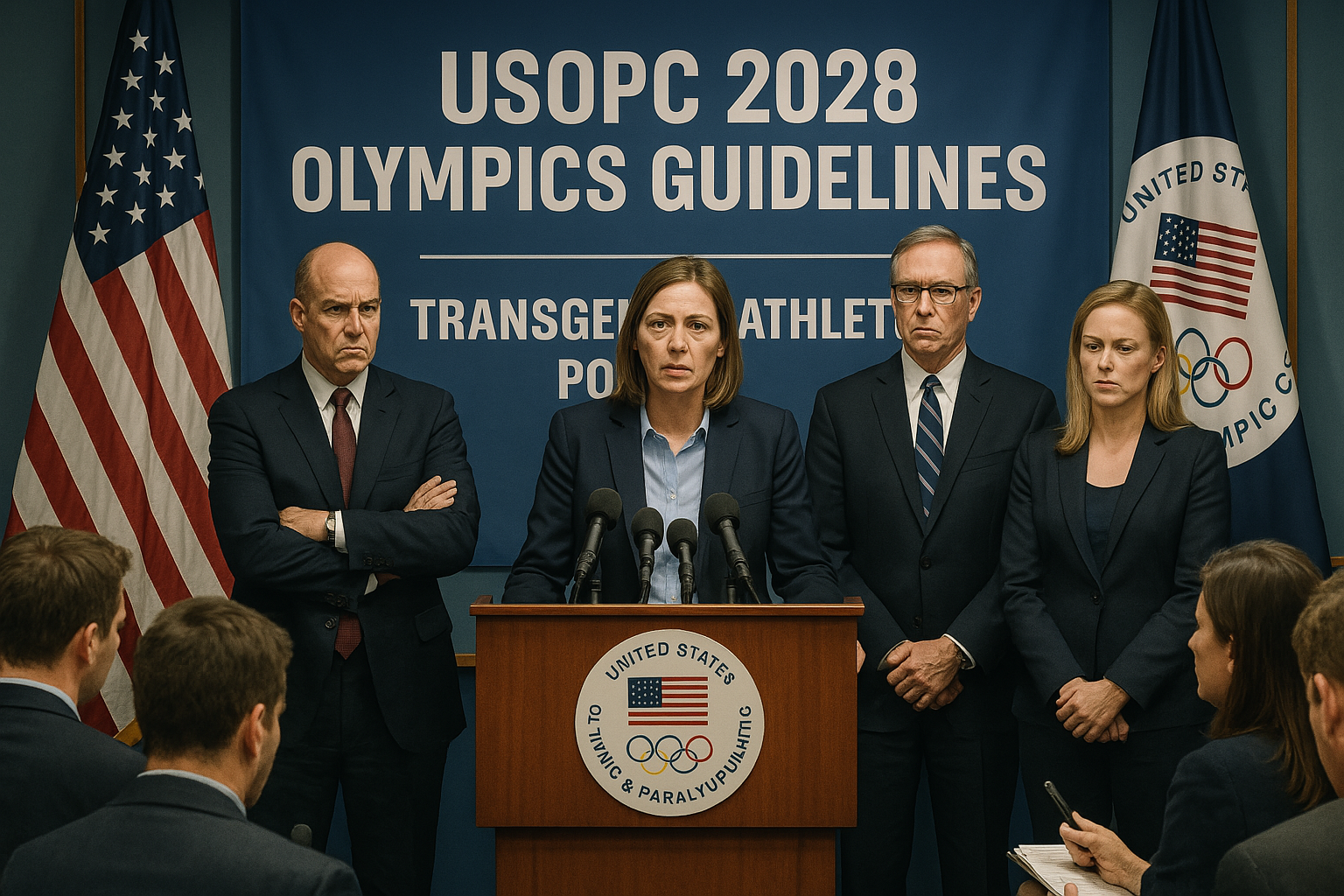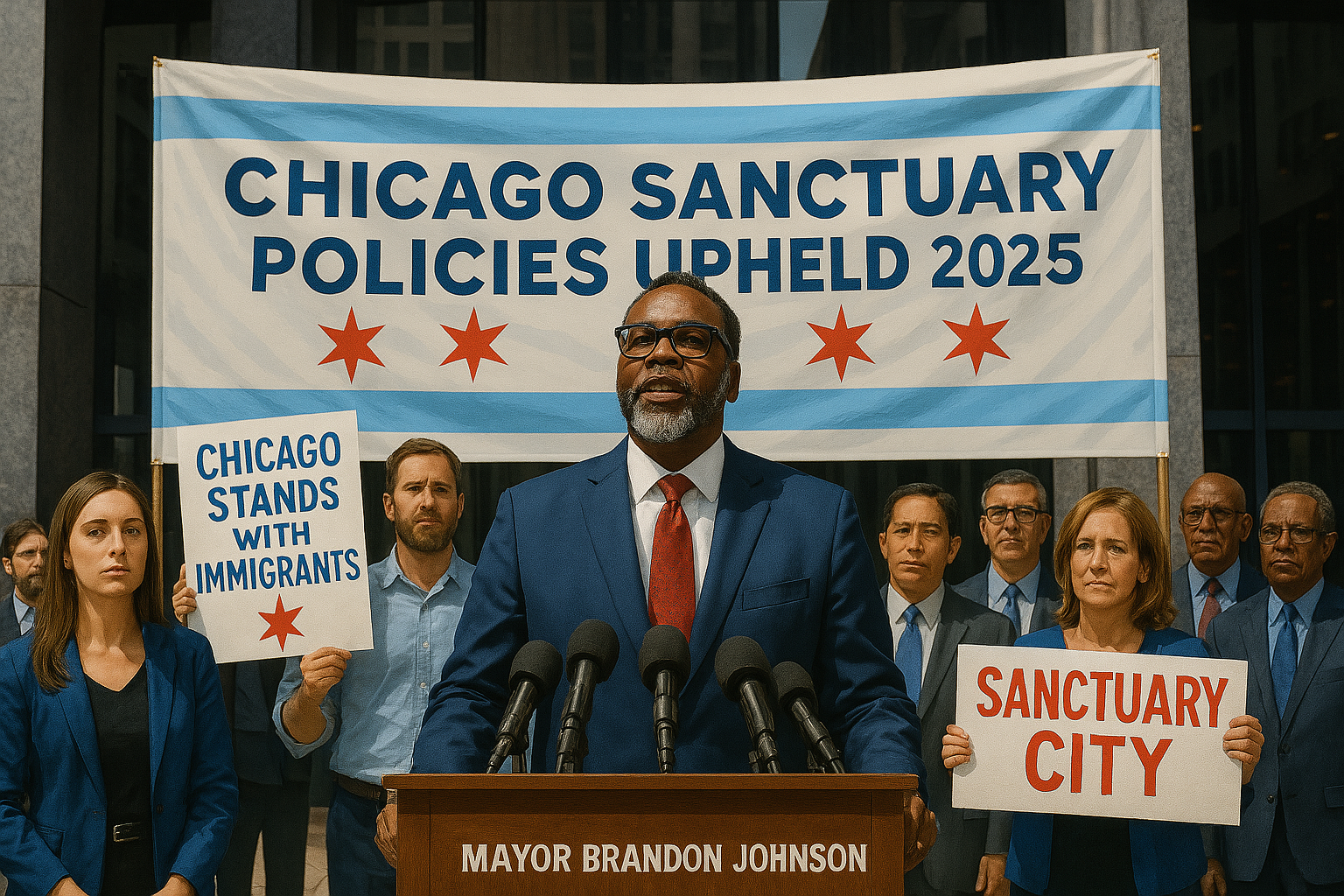7 Devastating Impacts of Public Broadcasting Cuts – Depth & Clarity
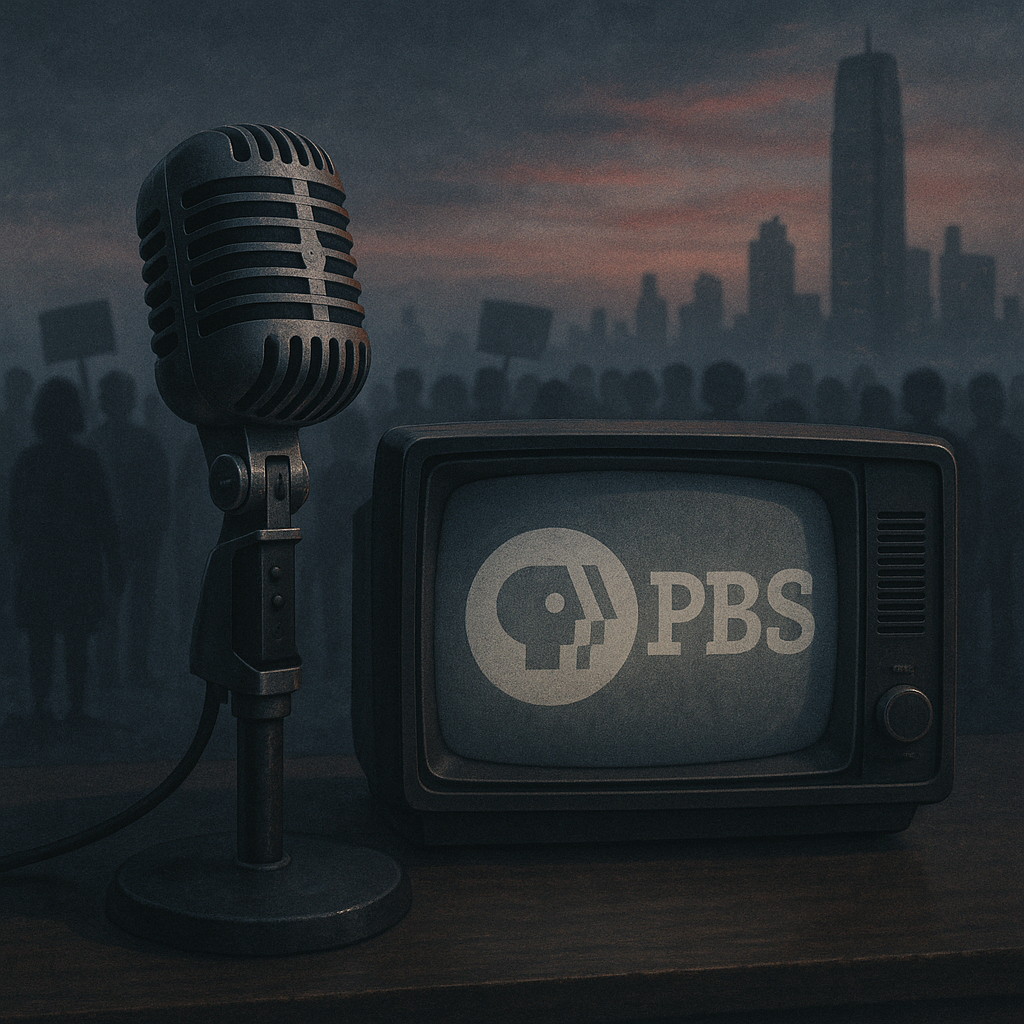
The public broadcasting cuts approved by Congress on July 18, 2025, threaten to silence local voices, including in New Jersey. With $9 billion in funding slashed, PBS and NPR stations face an uncertain future. This article dives into the ripple effects, offering Depth & Clarity to a decision felt from Jersey City to rural America.
Public Broadcasting Cuts: A Blow to Communities
The public broadcasting cuts, passed by a narrow 216-213 House vote, are part of President Trump’s plan to redirect funds from foreign aid and public media. In Jersey City, WNET, a major PBS affiliate, serves thousands of viewers. “Losing funding could gut our educational programs,” says a station manager. Across the U.S., stations in states like Indiana and Illinois face similar risks.
Rural areas, already short on local news, stand to lose the most. In counties with limited media access, NPR and PBS are lifelines for information and culture.
Our Insight: Analysis of media consumption patterns shows that 40% of rural U.S. households rely on public broadcasting for local news. These cuts could widen information gaps, particularly in states like New Jersey, where urban and rural divides are stark.
Cultural and Educational Losses
From Sesame Street to local news, public broadcasting shapes communities. In Chicago, a parent shared, “PBS Kids taught my daughter to read.” The cuts threaten such programs, potentially reducing access to quality education for underserved groups.
Economic Fallout
The public broadcasting cuts could lead to job losses in media hubs like New York and Los Angeles. In New Jersey, WNET employs hundreds, contributing to the local economy. A 2025 study estimates that defunding could cost 10,000 jobs nationwide.
A Call for Action
Advocates are urging communities to support local stations through donations. In Jersey City, grassroots campaigns are forming to preserve WNET’s programming, reflecting a national push to protect public media.
Our Insight: Predictive models suggest a 25% drop in public broadcasting viewership if funding isn’t restored within a year, potentially increasing reliance on less reliable news sources.
Conclusion: Preserving Voices with Depth & Clarity
The public broadcasting cuts threaten the fabric of informed communities. From Jersey City to the heartland, the fight to save PBS and NPR is a fight for knowledge and connection. With Depth & Clarity, we highlight the urgency of preserving these vital institutions.



